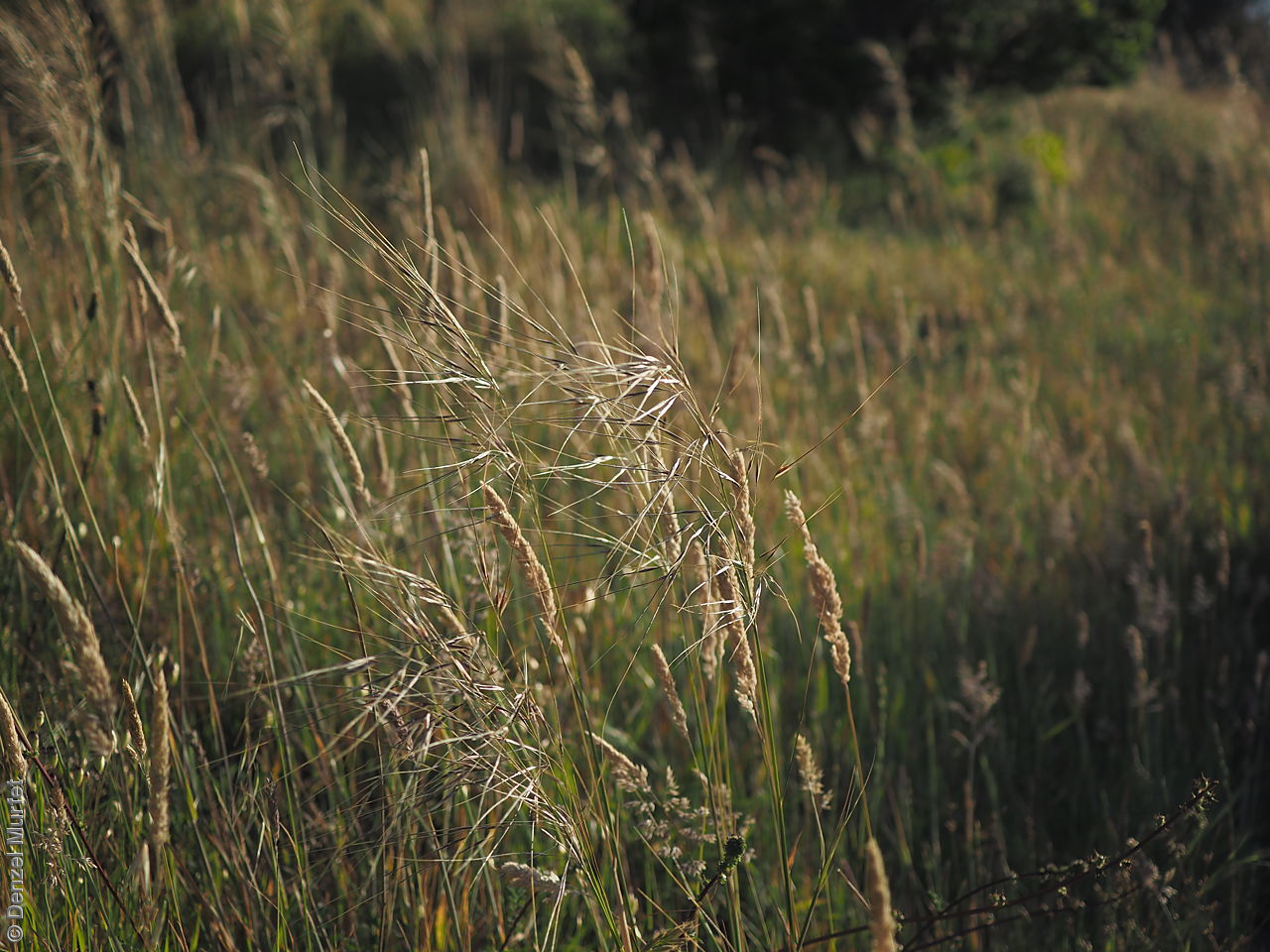
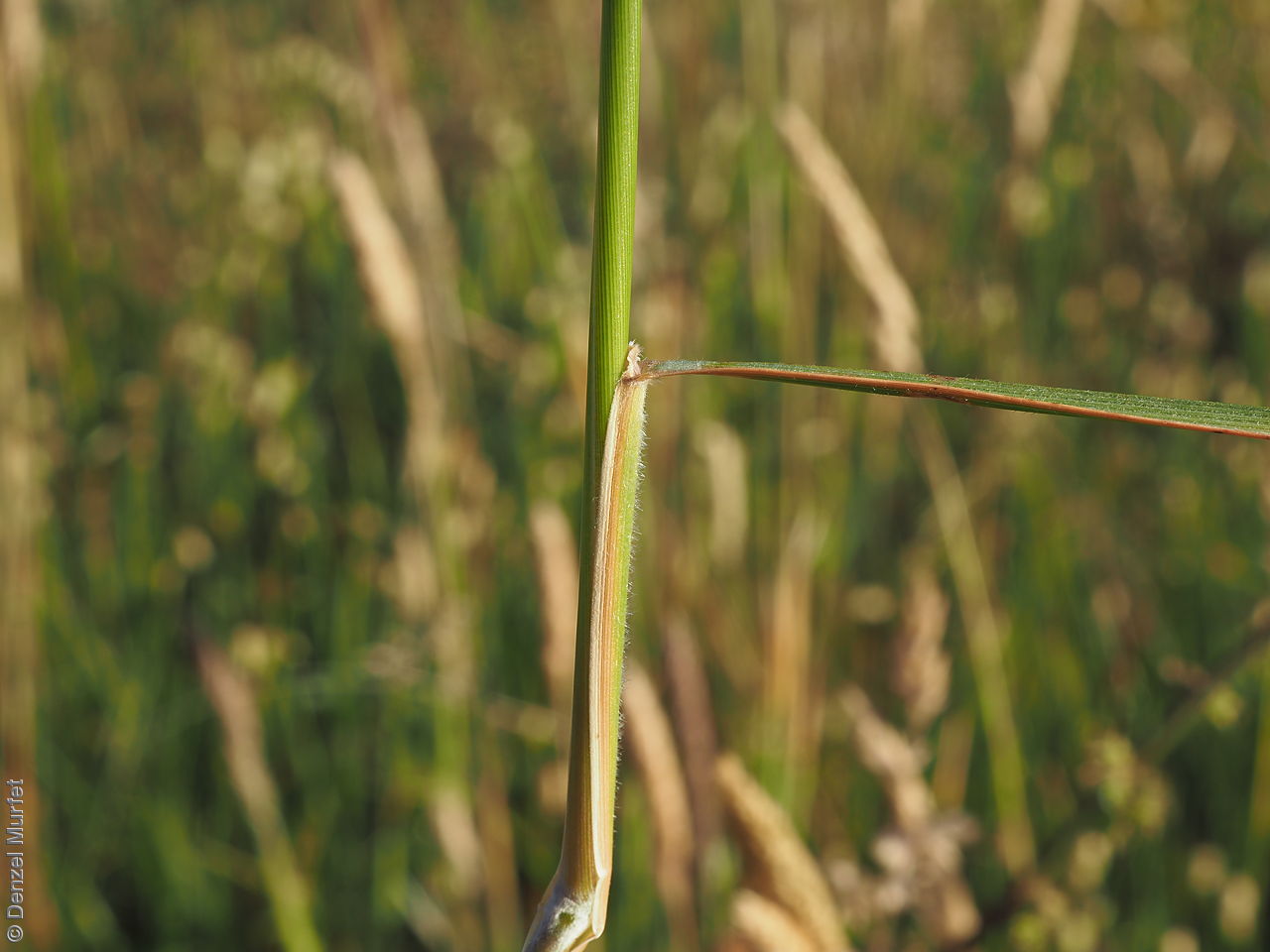
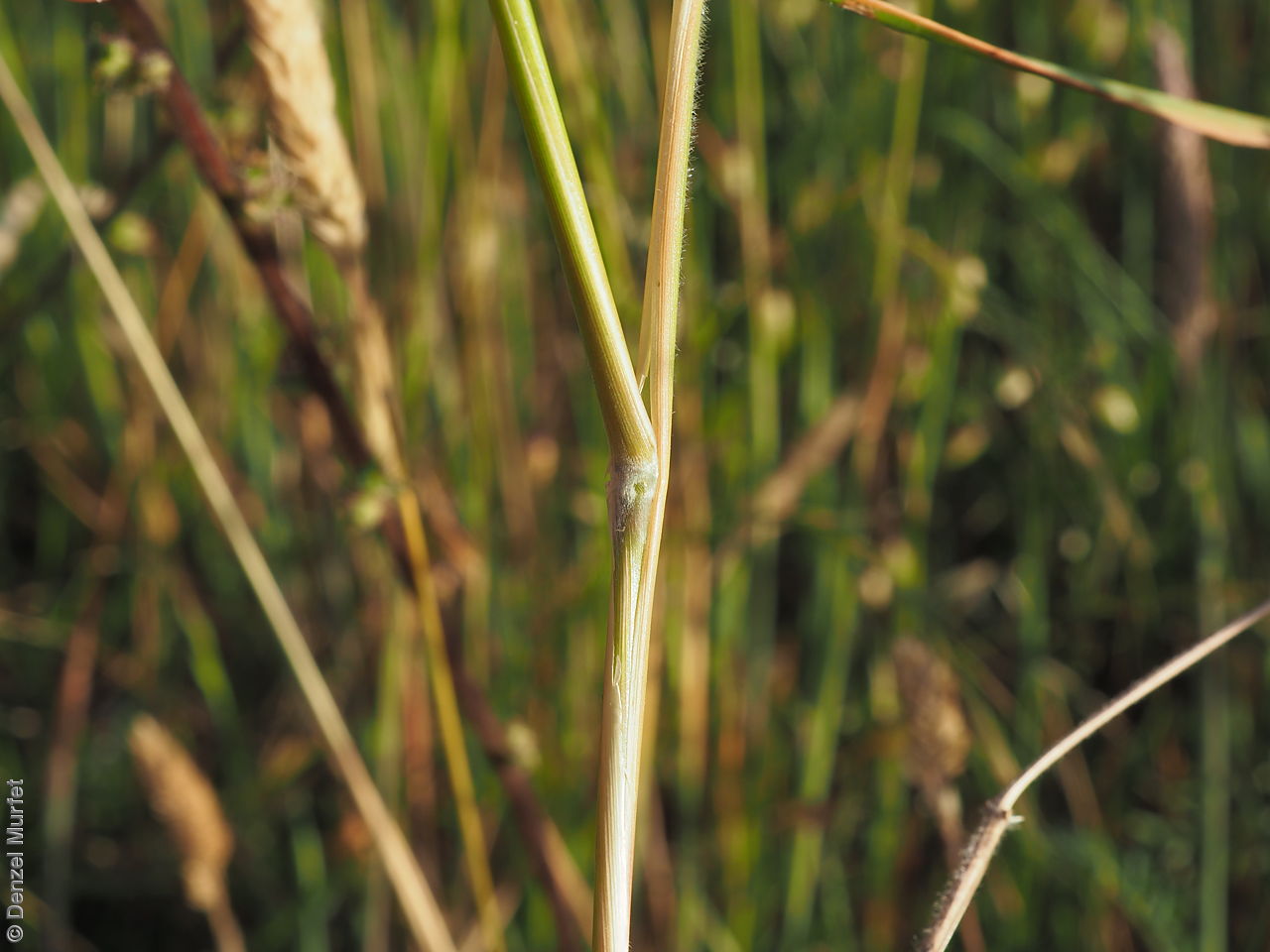
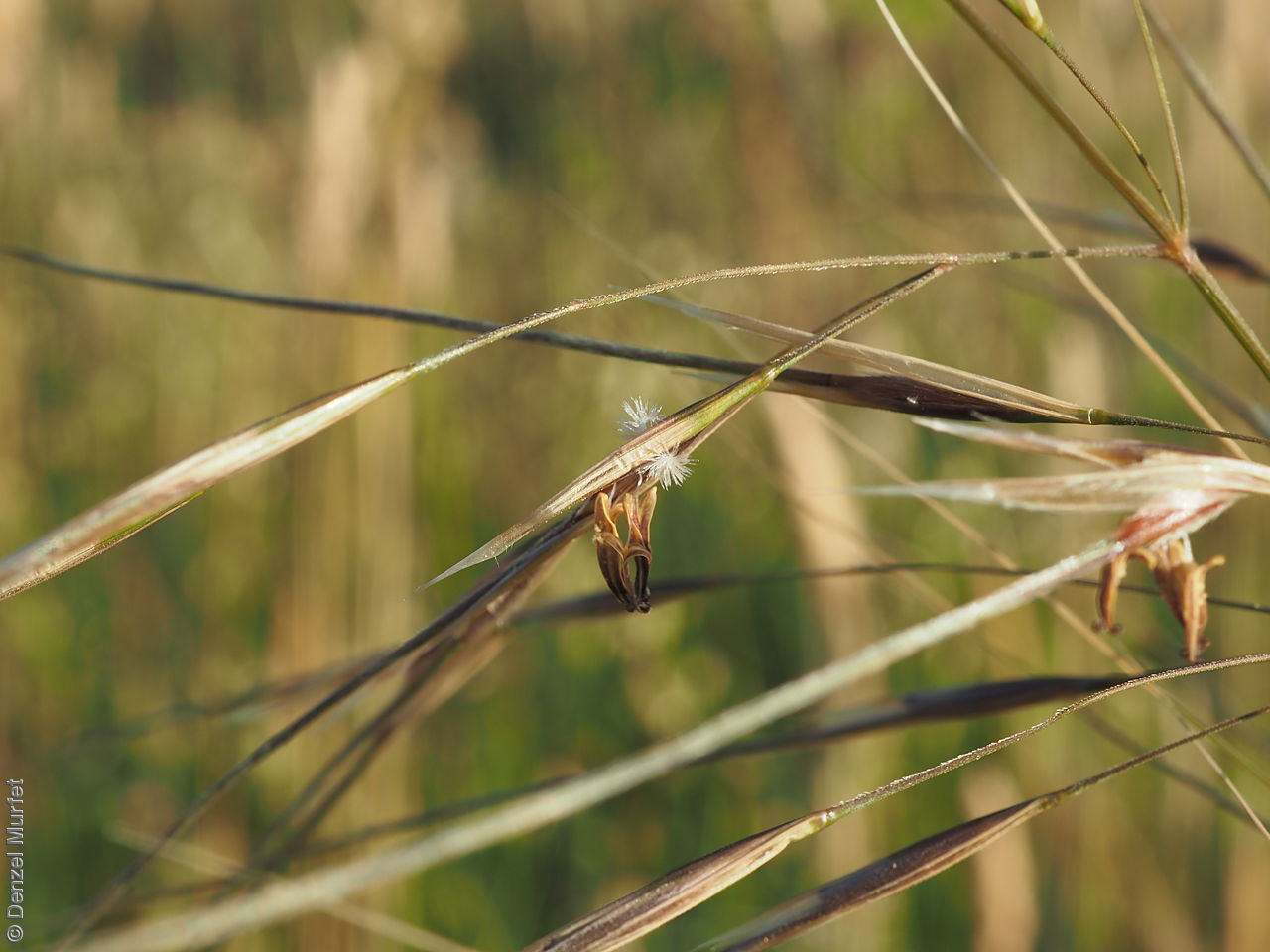
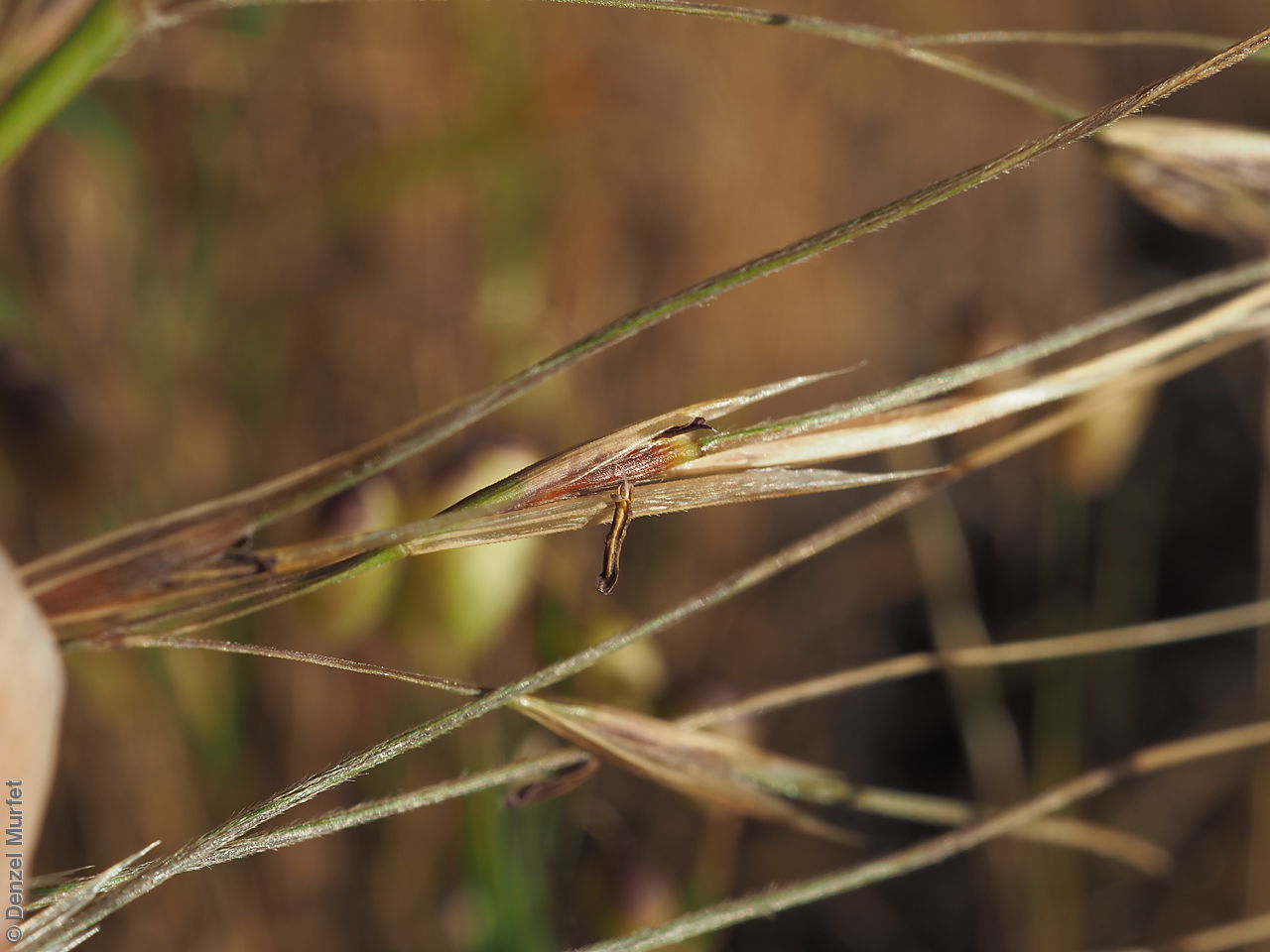
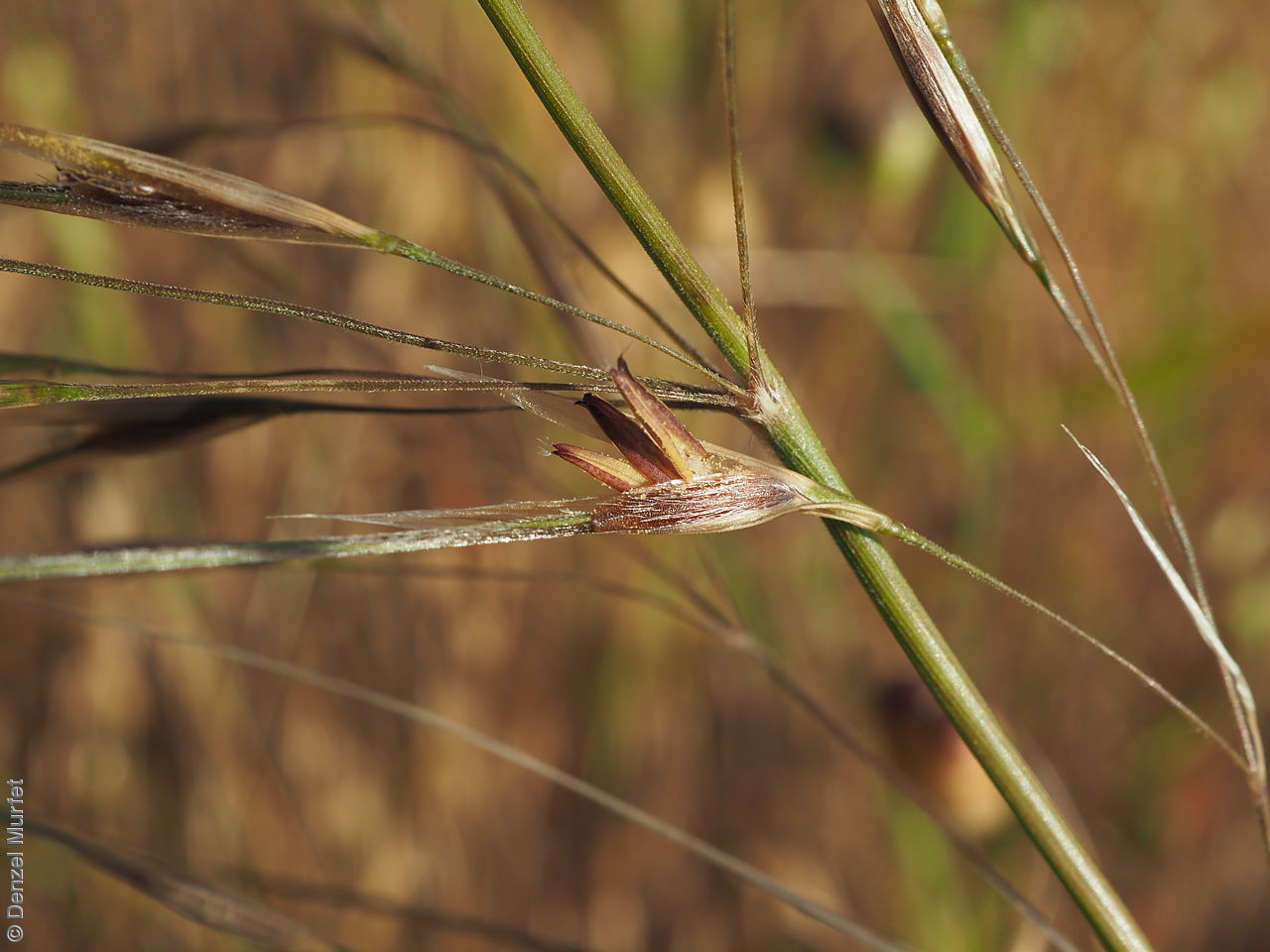
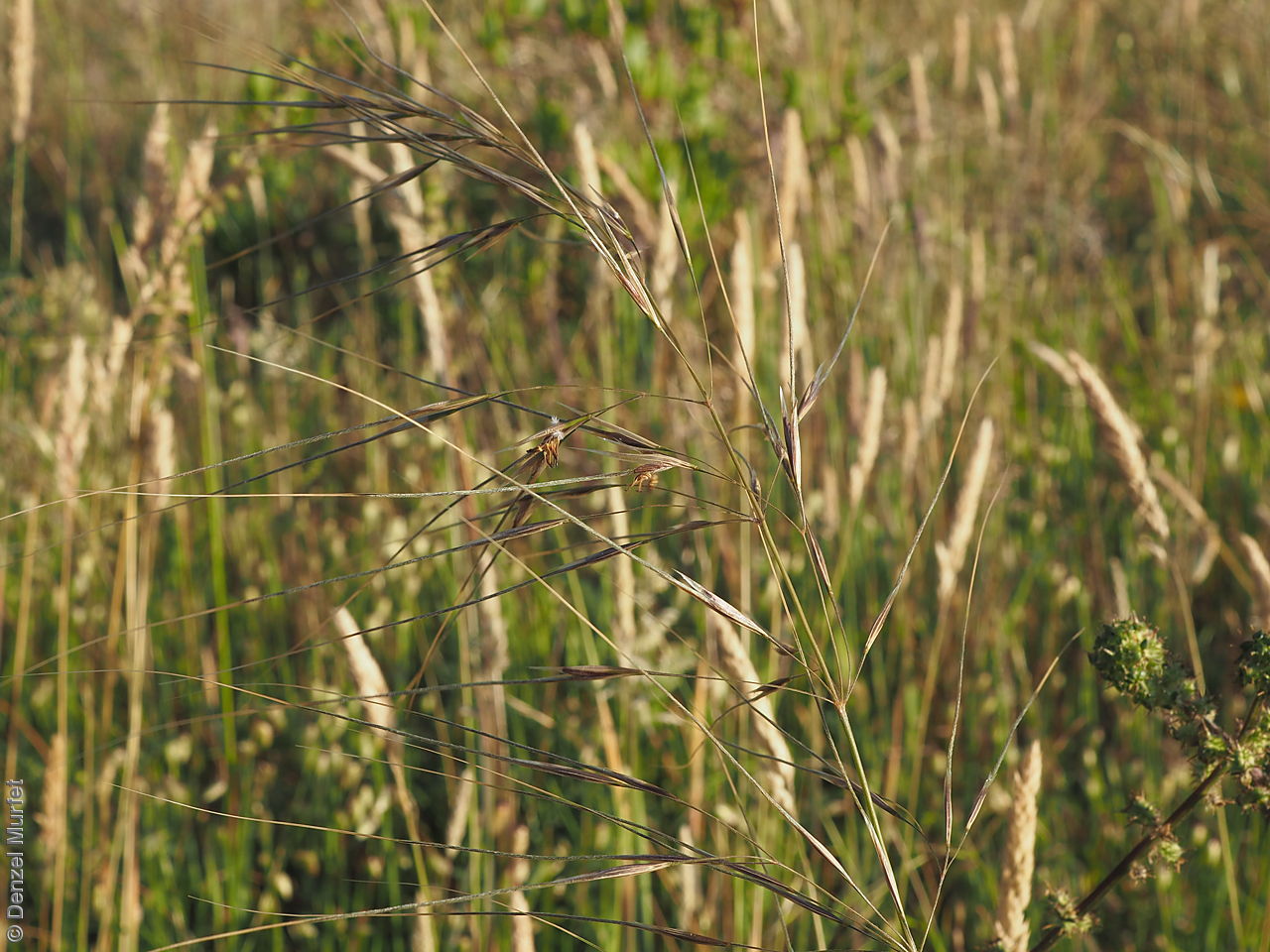
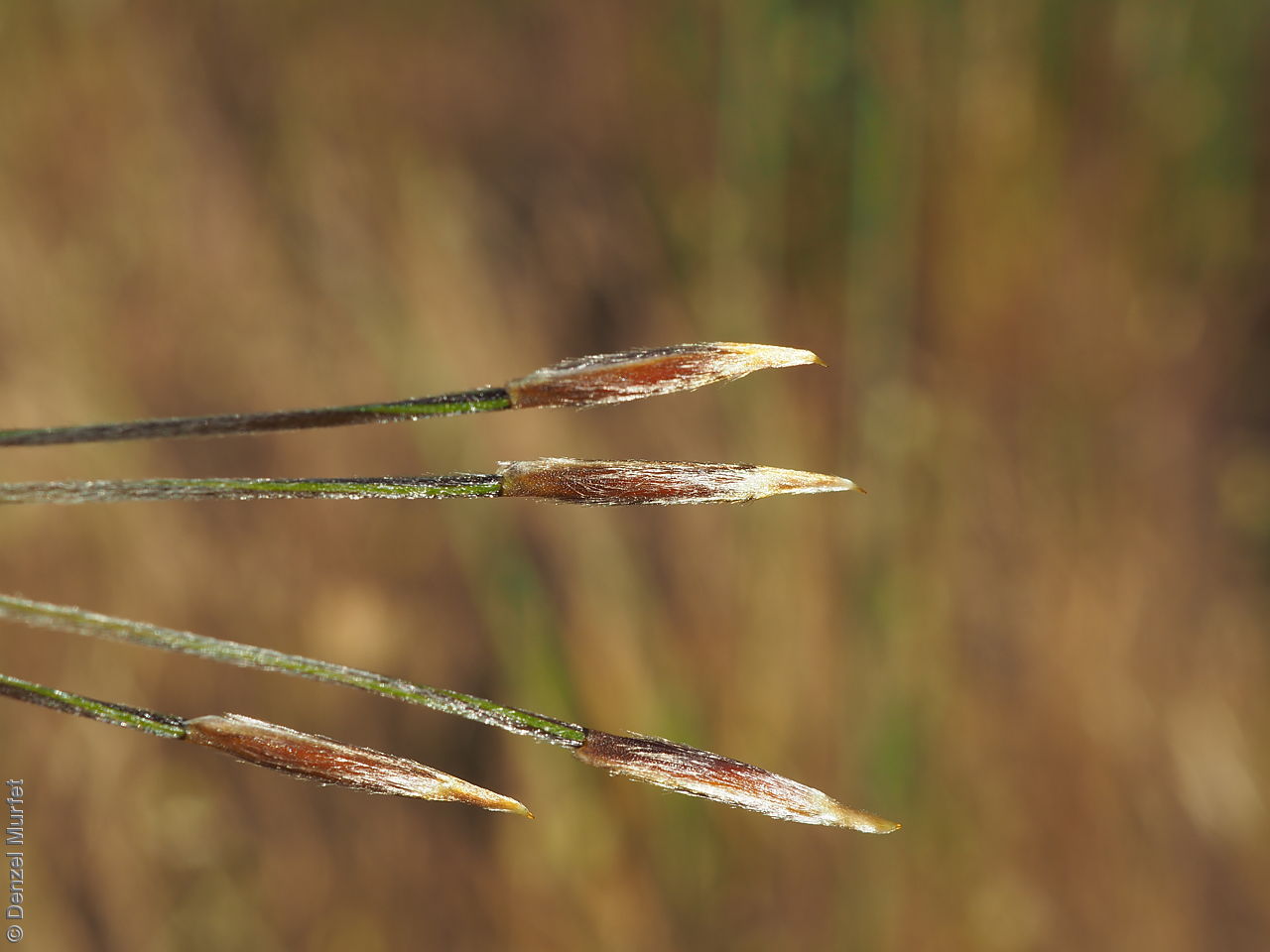
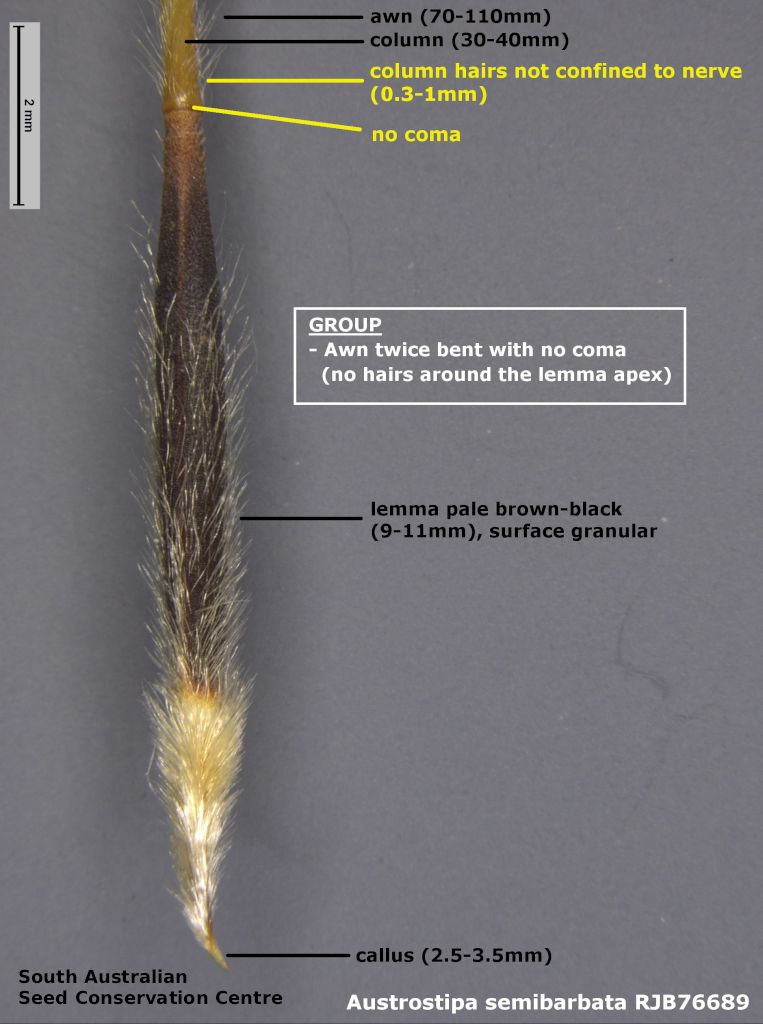
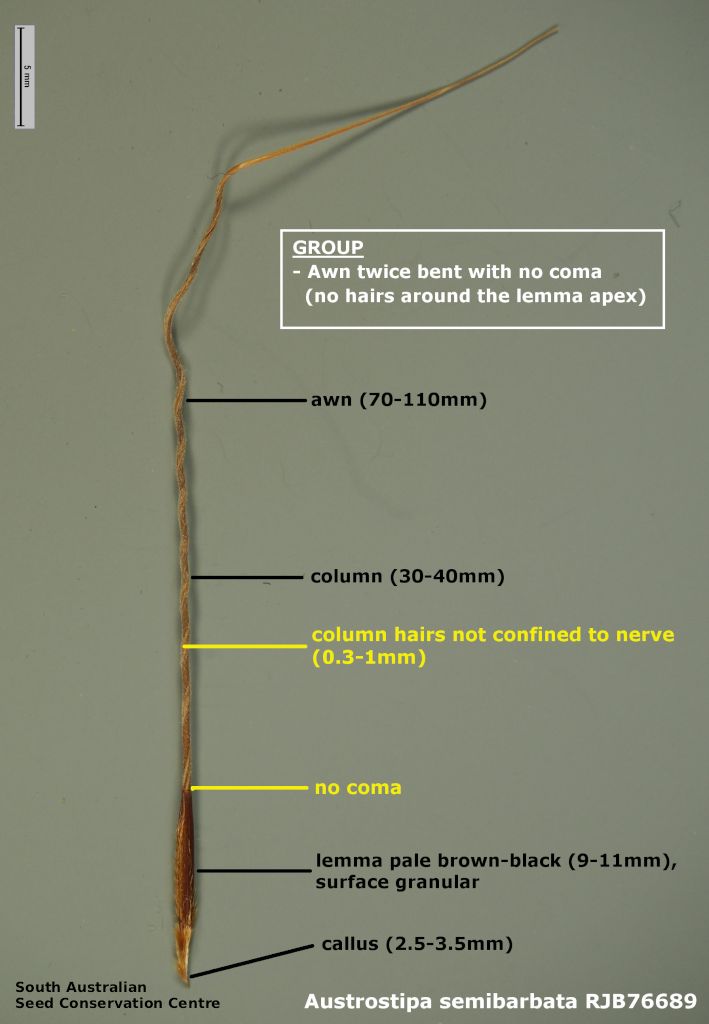

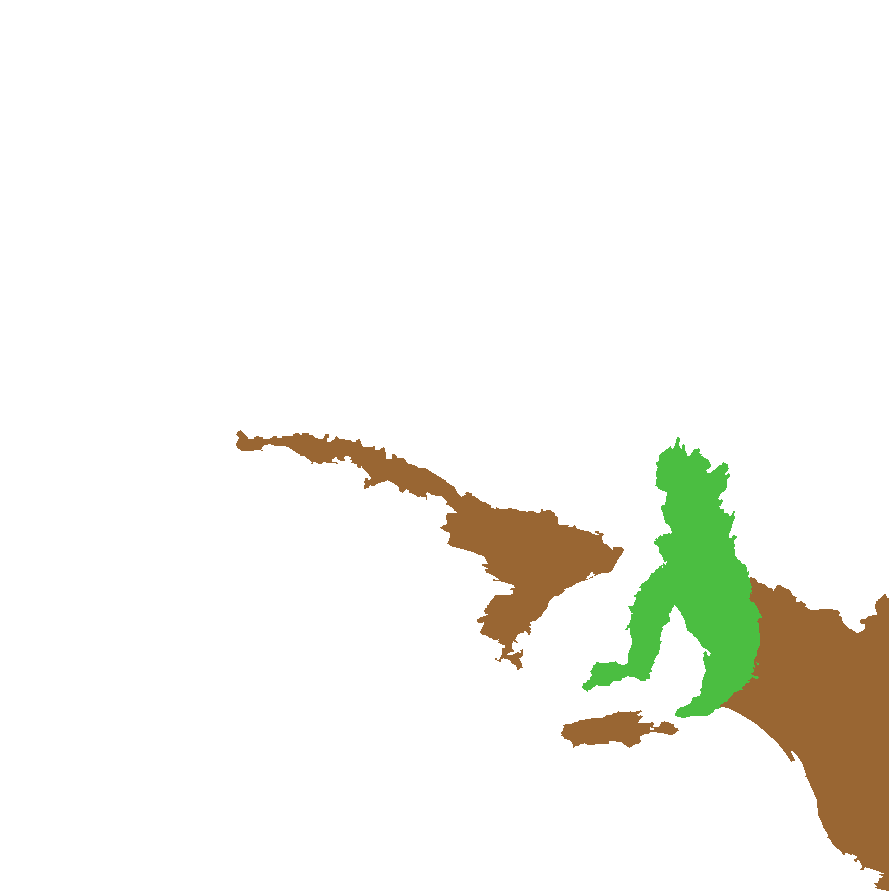
Botanical art
Prior names
Stipa semibarbata
Etymology
Austrostipa from the Latin 'auster' meaning south and the genus Stipa, referring to the genus being allied to Stipa but restricted to Australia. Semibarbata from the Latin 'semi' meaning half and 'barba' meaning beard, referring to its hairy awn column but only minutely rough bristle.
Distribution and status
Found in the southern part of South Australia, growing on sandy to clay loam or laterite soils in sclerophyll forest, open woodland and heath. Also found in Western Australia, New South Wales, Victoria and Tasmania. Native. Common in South Australia. Uncommon in New South Wales. Common in the other states.
Herbarium regions: Northern Lofty, Murray, Yorke Peninsula, Southern Lofty, Kangaroo Island, South Eastern, Green Adelaide
NRM regions: Adelaide and Mount Lofty Ranges, Eyre Peninsula, Kangaroo Island, Northern and Yorke, South Australian Murray-Darling Basin, South East
AVH map: SA distribution map (external link)
Plant description
Tufted perennial grass to 1.2 m high with culms unbranched and nodes pubescent. Leaves usually glabrous, sometimes scabrous with blade inrolled to involute, to 30 cm long and 3 mm wide. Inflorescence a loosely contracted panicle to 35 cm long with glabrous straw-coloured glumes to 27 mm long. Flowering between October to December.
Key to this species: awn twice bent with no coma (no hairs around the lemma apex); awn long 70-110 mm; awn hairs not confined to the nerve, 0.3-1 mm long; glumes glabrous; leaves scabrous or glabrous; lemma long 9-11.5 mm. Fruits are pale- brown to black linear- ellipsoid lemma to 11.5 mm long, with fine granular surface and covered in white to yellowish hairs except towards the apex; no coma; callus 3.5 mm long; awn twice bent, to 110 mm long with awn hairs not confined to the nerve; an evenly pubescent column; palea about equal to lemma, with a line of hairs down the centre. Seeds are yellow-brown narrow-ellipsoid grain to 5 mm long within the lemma. Seed embryo type is lateral.
Seed collection and propagation
Collect seeds between November and February. Use your hands to gently strip the seeds (lemma) off the mature fruiting spike, those that are turning brown. Mature seeds will come off easily compare to the immature seeds that remain on the spike. Alternatively, you can break off the whole fruit spike to allow some of the seeds to mature further. Place the seeds/spike in a tray and leave to dry for two weeks. No further cleaning is required if only seed collected. If seed spikes collected, use hand to strip off the mature seeds. Store the seeds with a desiccant such as dried silica beads or dry rice, in an air tight container in a cool and dry place. Viability of grass seeds could be very variable, depending on time of seed collections and seasonal conditions.
| Location | No. of seeds (weight grams) | Number of plants | Date collected | Collection number Collection location | Date stored | % Viability | Storage temperature |
|---|---|---|---|---|---|---|---|
| MSB | 3,600 (24.62 g) | 20+ | 15-Jan-2006 | RJB70543 Southern Lofty |
Number of plants: This is the number of plants from which the seeds were collected.
Collection location: The Herbarium of South Australia's region name.
% Viability: Percentage of filled healthy seeds determined by a cut test or x-ray.